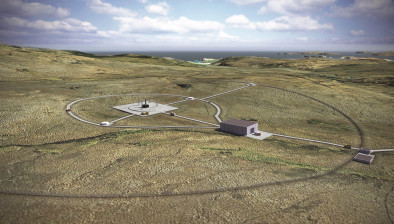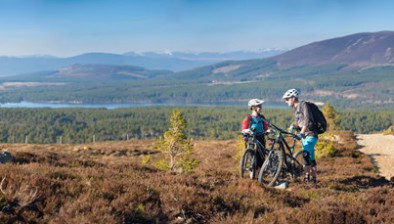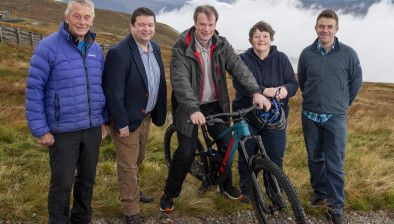New Highlands wind farm to power up to 54,000 homes
The Scottish Government has granted development consent to Chleansaid Wind Farm, a proposed 16-turbine wind farm near Lairg.
The project, being developed by ESB, will create 96 MW of additional renewable energy capacity, enough to power approximately 54,000 homes.
Up to 16 turbines, each with a maximum blade tip height of 200 m, will sit on-site alongside a 20 MW battery energy storage scheme and associated supporting infrastructure, including access tracks, borrow pits, construction compounds and a substation. The site will be located on the Dalnessie Estate, 13 km to the north-east of Lairg in the Scottish Highlands.
RSK coordinated the environmental impact assessment process, with additional RSK Group companies supporting with traffic and transport considerations (SCP Transport), public exhibitions (Copper Consultancy), hydrology and peat (WRc), planning assistance (Stephenson Halliday) and forestry services (ADAS). RSK also managed the public consultation, public relations and planning and contributed to the design of the site.
RSK project manager, Joe Somerville, said: “This project is anticipated to save up to 132,451 tonnes of CO₂ equivalent (CO₂e) per year and approximately 4,461,952 tonnes of CO₂e over its operating life. It should generate enough electricity to power the equivalent of 54,396 households in Scotland. The on-site battery storage means it will also contribute to a reduction in energy curtailment and providing grid stability.”
As a major national development, the application fell within the scope of Section 36 of the Electricity Act 1989, determined by the Scottish Government, with the Highland Council as a statutory consultee.
Mr Somerville added: “In order to gain consent, it was critical to work in consultation with the Scottish Environment Protection Agency (SEPA). Along with minimising impacts on peatland, the proposals also include plans that seek to deliver habitat improvements to areas of degraded bog, along with riverbank and native woodland planting. This will result in improved fisheries habitats and opportunities to increase black grouse numbers.”
ESB project director, Duncan Scott, added: “We’re excited to bring Chleansaid into our portfolio of wind farms across the UK and Ireland. Chleansaid Wind Farm will significantly benefit the energy decarbonisation of Scotland and the UK and will help boost the local economy. We estimate that £17.6 million will be spent in the Highlands and approximately £54.2 million in Scotland as a whole. The development phase will support approximately 52 jobs locally, and the operational phase will support 21 jobs locally.”
Construction is planned to begin in 2026, with a grid connection and the beginning of operations set for 2027.






















